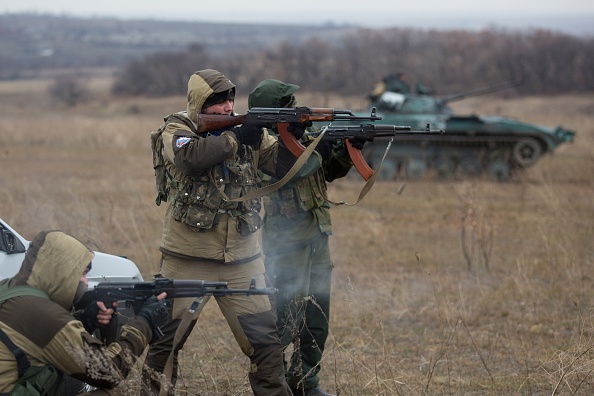MOSCOW – Russia’s foreign policy chief on Wednesday claimed that Ukraine’s decision to freeze budget payments to the eastern rebel-held territories could be a precursor to a military onslaught.

Ukrainian officials announced earlier this month that they will freeze the $2.6 billion in state support to the areas now in rebel hands, which could further worsen the deplorable economic situation there.
In an address to the parliament, Russian Foreign Minister Sergey Lavrov voiced his suspicions that by doing so, Kyiv is “preparing the ground for another invasion in order to solve the issue by force.”
Dozens of armoured trucks, artillery and other heavy weaponry were seen moving around rebel-held areas in the past weeks, fueling fears of the resumption of the hostilities there. Despite the cease-fire, civilians and combatants still are dying in daily shelling.
Fearing an imminent escalation in hostilities, Ukrainian President Petro Poroshenko earlier this month announced a deployment of additional troops to the east to defend cities still under government control.
Heavy artillery earlier this week damaged a water filter station that supplies most of Donetsk, the largest city under separatist control. The Donetsk mayor’s office said in a statement on Wednesday that a majority of neighbourhoods have no running water while the remaining capacities are used for central heating.

Comments